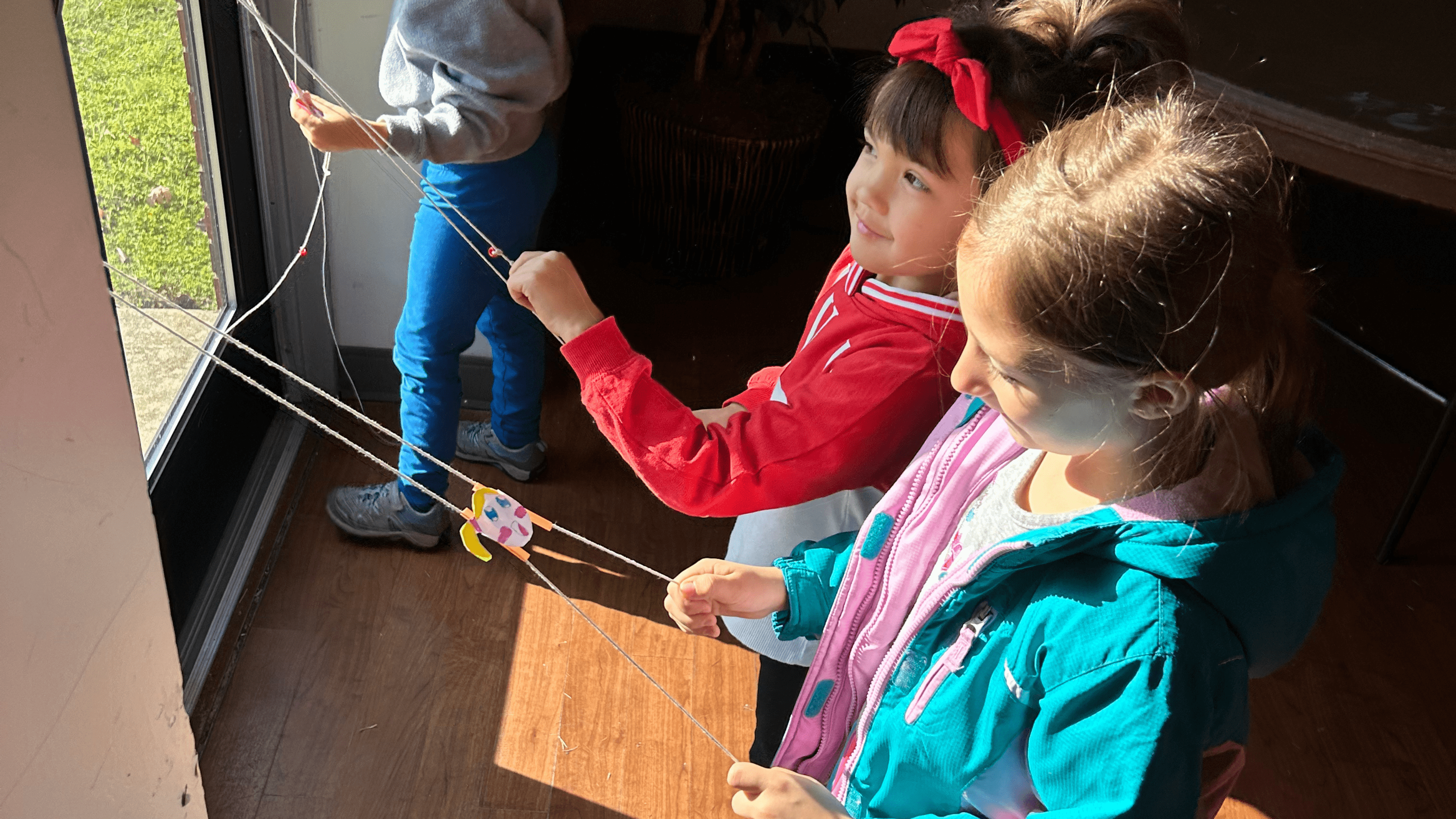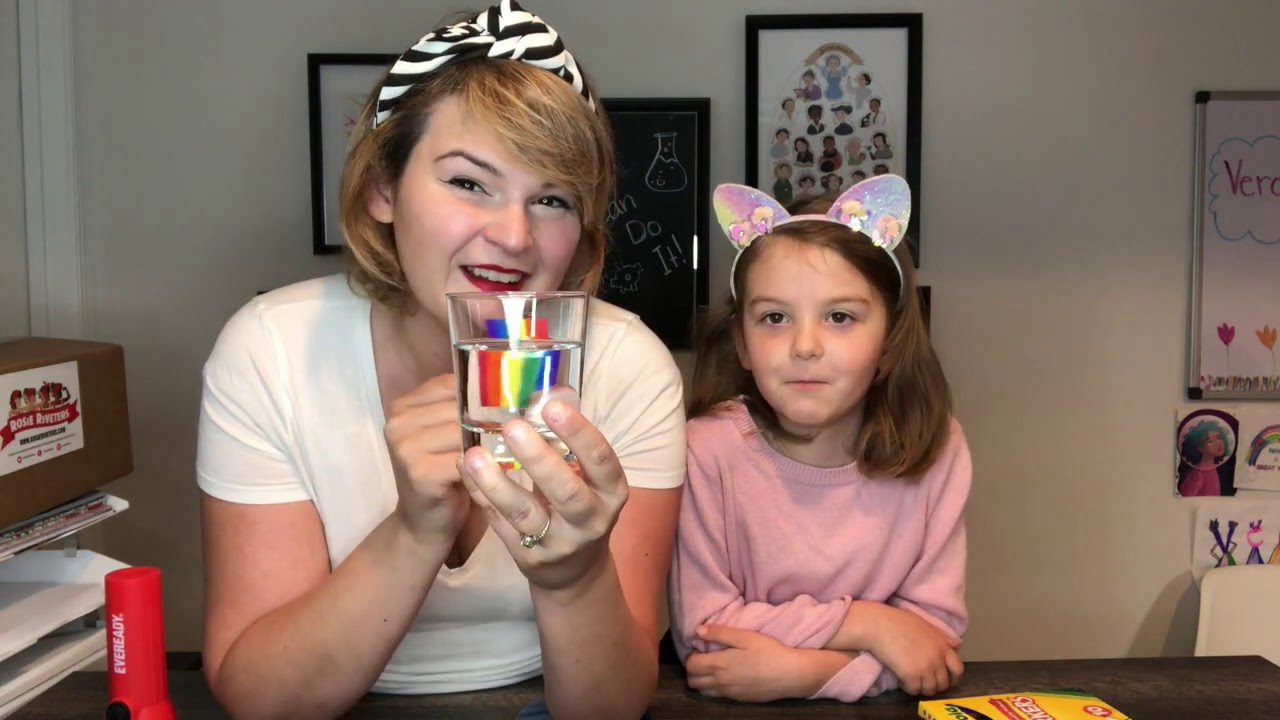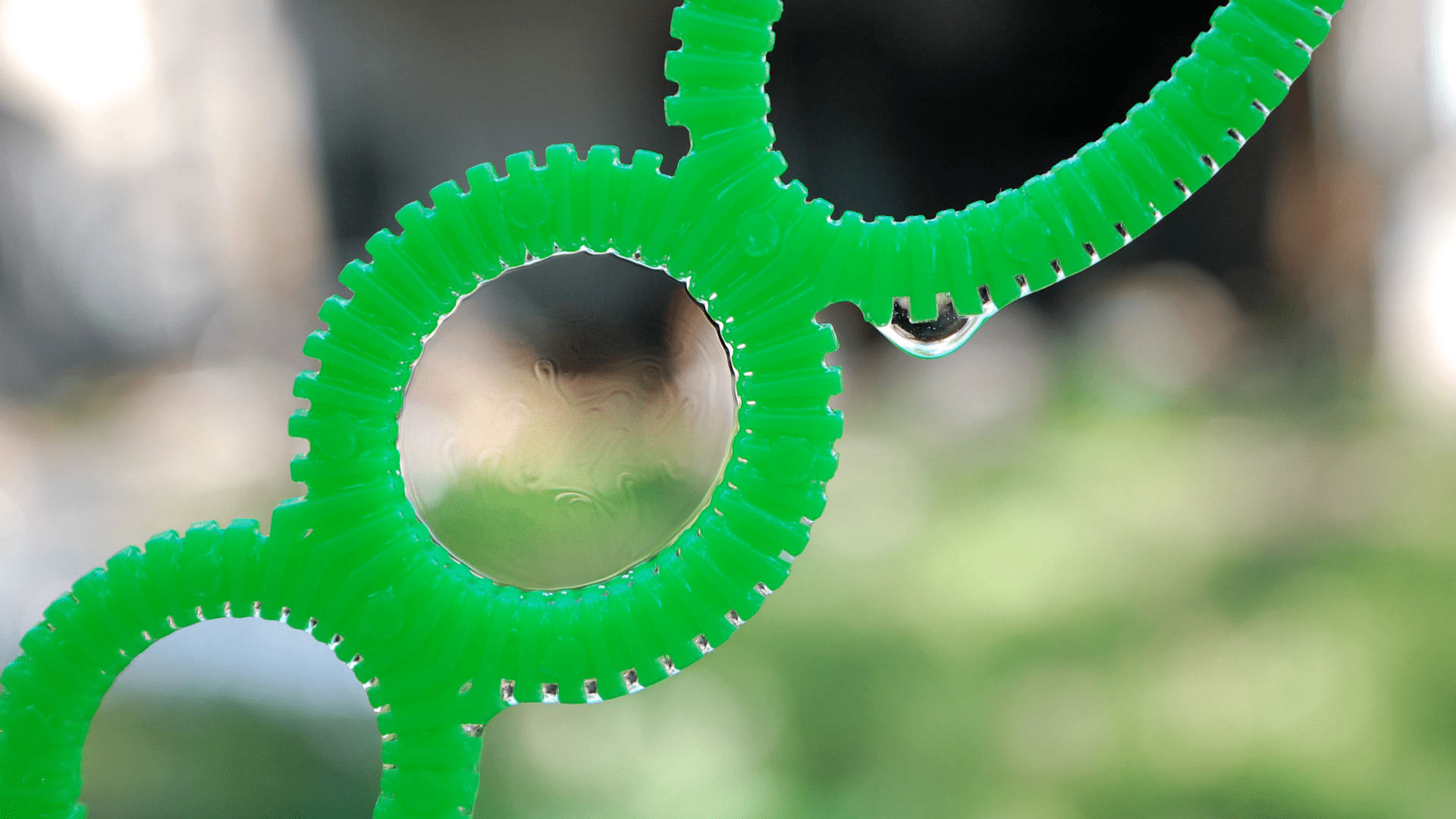Friction is a type of force. It is the resistance of motion when objects rub against each other. Basically, it’s what makes two things stick together as they slide against one another. There are two main factors that influence the amount of friction between two objects: the nature of the surfaces interacting and the force at which two objects are pressed together.
The amount of friction often depends on the texture, or the feeling, of a surface. If you have a sock nearby, you can touch it and feel how it’s rough, but less rough than the bottom of your foot. While the floor may not look it, it also has texture. In fact, all surfaces have texture and are a little bit jagged, like puzzle pieces. So, when two objects, even smooth objects, rub together they have jagged pieces that connect like a puzzle, creating resistance. This is exactly what happens with your bare feet on a smooth floor. The motion (sliding) creates resistance between one object (the floor) and another object (your feet).
So why does putting on socks make it easier than using bare feet to slide on a smooth floor? Your socks are actually smoother than your feet, so it’s easier for the objects to move across one another. You still experience friction when you are wearing socks, but a lot less of it. Friction will eventually slow you down, no matter if you’re sliding in socks or your bare feet.
The resistance from friction helps us do many things. It slows us down as we slide across the floor, helps us pick things up with our hands, and stops a soccer ball after you kick it. In your friction climber experiment you’ll see the power of friction as it moves an object across a string with ease!
Ready to make this project at home or in your classroom? Watch the video for an overview, gather the materials listed to the right, and follow the instructions below!




